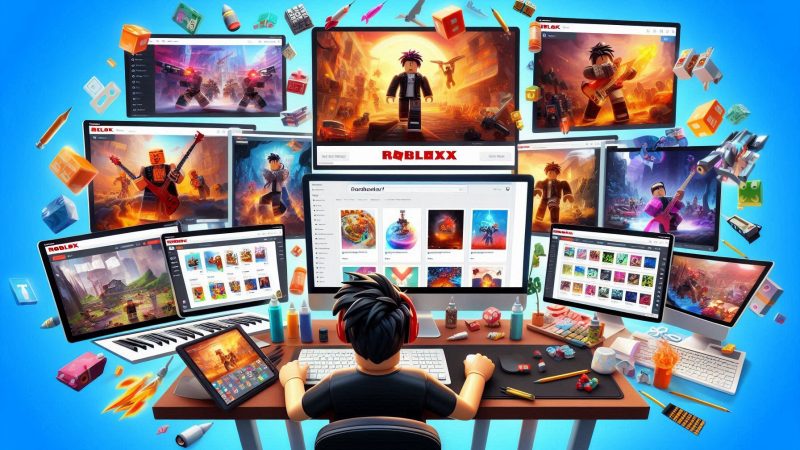Creating Quality Gaming Packaging

Gaming is one of the most popular hobbies enjoyed by people of all ages across the globe and the entire production process is incredibly intricate. In addition to the quality of the game itself, it’s incredibly important that the packaging is of a high standard. Whether it’s packaging from Peterborough or Los Angeles, it needs to make an impact on the consumer and entice them to buy your product. Your consumer will encounter your packaging well before they actually experience the game itself. As a result, the packaging needs to be the driving force behind the purchase.
Cover Art
The centrepiece of your packaging will be your cover art. Many illustrators choose to make their drawings shine, as this entices the buyer to pick up the case and turn it over for more information. Packaging is all about capturing attention so that a consumer is tempted to delve further into the product. In terms of gaming, the purpose of packaging is to capture an exciting snapshot of the game that makes someone want to purchase it and play. Make sure you select your colors wisely so that your design doesn’t fade into the background.
Large Title and Snappy Tagline
The title of the game is predominantly how it will be identified, meaning that a large title is essential. Aside from the title, the text on the front of the packaging should be limited, aside from the tagline and the name of the gaming company. Games are extremely visual, meaning that the illustration can do the rest of the talking. If the consumer wishes to know more, they’ll have to physically pick the game up and read the back. Encouraging this physical interaction will make the customer more inclined to buy, as they’ll have envisioned themselves playing it as they pick it up.
Number of Players and Age Rating
The age rating of videogames is incredibly important, as it’s a legal requirement. Whether the game is suitable for universal audiences or only for those over the age of 18, this needs to be stated clearly on the packaging. Similarly, the number of players required should be stated on the front of the packaging; if someone wants a game for solo use then it’s no use them getting a game that’s designed for two to four players, and vice versa. This will only cause more problems if they get it all the way home only to find that they can’t play it.
Determining Dimensions
There is a standard size of packaging to cater to discs; however, some designers will make the cases thinner. Although this is good for space-saving and reduced material use, it may not always be so positive. This is because the spine should be thick enough to contain the name of the game, as well as the age rating, and number of players. This will facilitate a store owner in storing the game in a multitude of ways without compromising the amount of recognition the game attracts. Therefore, if they choose to display it spine forward, a thinner case may get lost amongst the other games.
Keeping it Simple and Easy to Read
Although you want your design to be eye-catching, the last thing you want is for your text to be unreadable. Boldness is good but intricate fonts aren’t and such fonts might attract attention, but they won’t keep it for very long if the customer has to struggle to read it. Similarly, you’ll want to capture attention from a distance, meaning you’ll want your chosen font to be as readable as possible. It’s all about maintaining focus.






